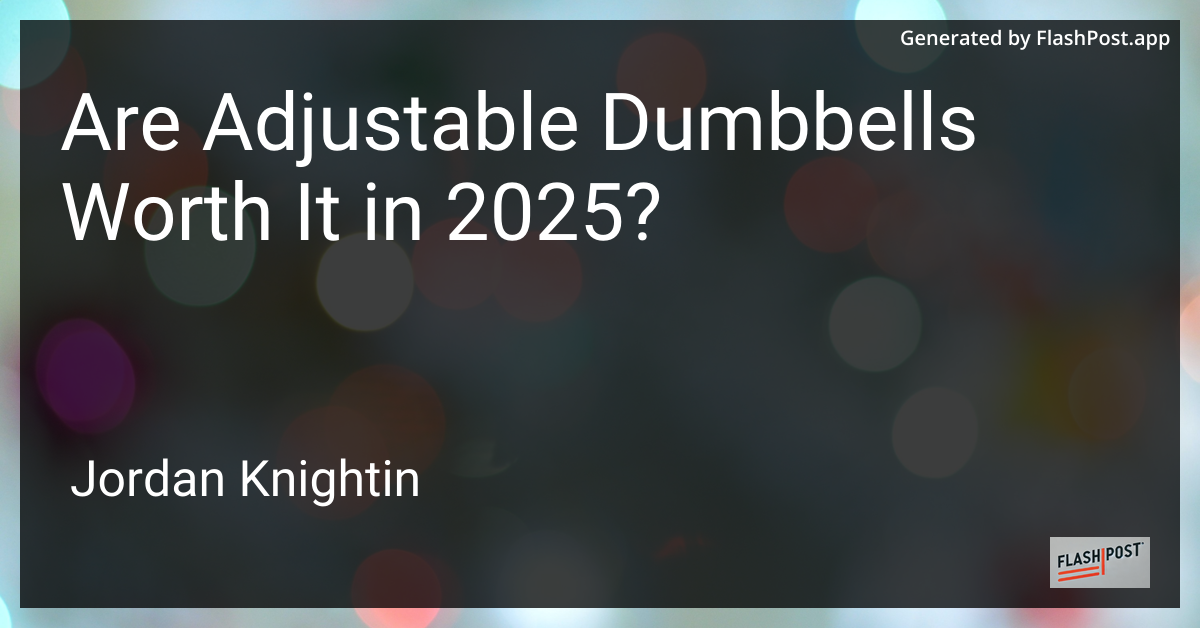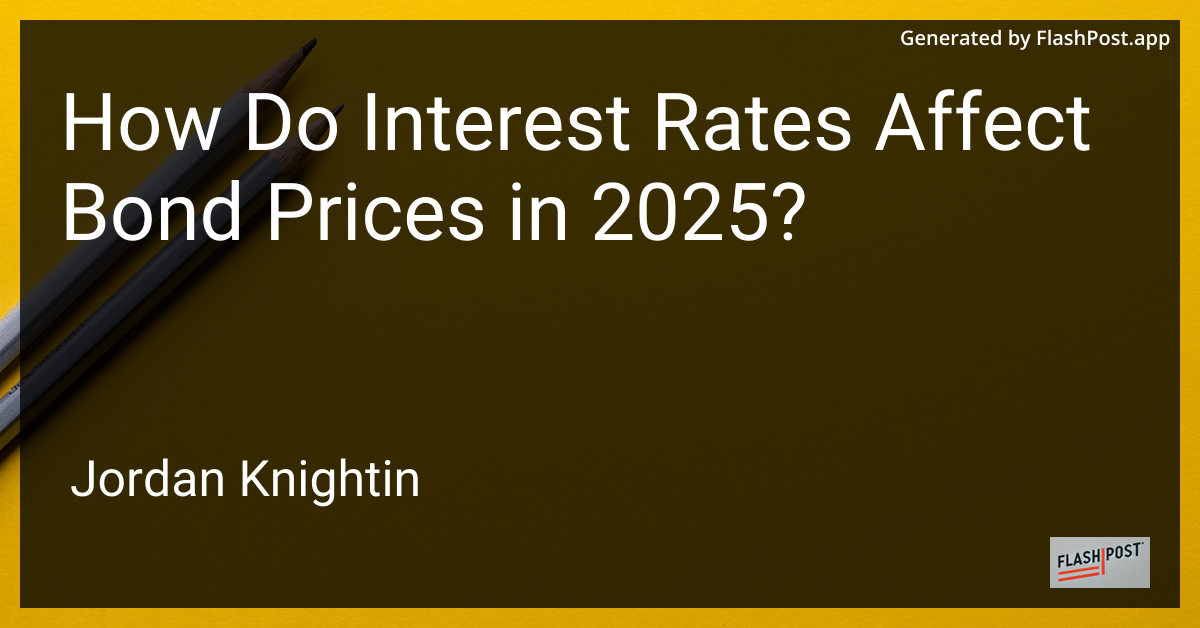

How Do Interest Rates Affect Bond Prices in 2025?
As we navigate the complexities of financial markets in 2025, understanding the relationship between interest rates and bond prices remains crucial for investors aiming to optimize their portfolios. This dynamic interaction significantly impacts investment strategies, influencing decisions across various financial instruments, including bonds, stocks, and private credit investments.
The Core Principle: Inverse Relationship
The relationship between interest rates and bond prices follows a fundamental principle: they move in opposite directions. When interest rates rise, bond prices fall, and vice versa. This inverse relationship is pivotal for investors seeking to balance risk and return in their portfolios.
Why Does This Happen?
-
Fixed Coupon Payments: Bonds typically offer fixed interest payments, known as coupons. When interest rates increase, newer bonds come to market with higher coupon rates, making existing bonds with lower rates less attractive unless their prices decrease.
-
Opportunity Cost: Investors aim to maximize returns. Higher prevailing interest rates present better opportunities elsewhere, prompting the price adjustment of existing bonds to become competitive.
-
Discounting Future Cash Flows: Investors use current interest rates to discount the future cash flows from bonds. A higher discount rate (resulting from increased interest rates) reduces the present value of these cash flows, thus lowering the bond’s price.
2025 Market Environment: Key Considerations
The economic landscape of 2025 presents unique challenges and opportunities. Amid global economic recovery and inflationary pressures, central banks may adjust interest rates in response. Understanding this context is critical for bond investors. Here are key considerations:
- Inflation Trends: Persistent or rising inflation can pressure central banks to raise interest rates, impacting bond valuations.
- Monetary Policy: Watch for signals from central banks regarding monetary policy changes that might influence interest rates.
- Economic Indicators: Employment rates, GDP growth, and consumer confidence indices often inform interest rate policies.
Investment Strategies in 2025
Given the fluctuating interest rate environment, investors should consider diversifying their strategies:
-
Diversified Bond Portfolio: Allocating across various bond types (e.g., government, municipal, corporate) and maturities can mitigate risks associated with interest rate volatility.
-
Interest Rate Hedges: Financial instruments such as interest rate swaps can help manage rate exposure and stabilize returns.
-
Explore Alternatives: Consider diversifying into alternative investments, such as private credit investing to reduce reliance on traditional bonds.
Complementary Investment Approaches
For those looking to expand their investment toolkit beyond bonds, consider these strategies:
-
Value Investing: Seeking out undervalued stocks with low price-to-earnings ratios can provide growth opportunities.
-
Investing in Dividend Stocks: Focus on companies with strong dividend yields to generate steady income, counterbalancing inflation and interest rate impacts.
Conclusion
In 2025, the intricate dance between interest rates and bond prices continues to be a decisive factor for investors. By understanding this relationship and staying abreast of economic indicators and central bank policies, you can navigate bond markets more effectively. Incorporating diversified strategies, including alternative investments and complementary stock-market approaches, can enhance your portfolio’s resilience amidst changing interest rates.
